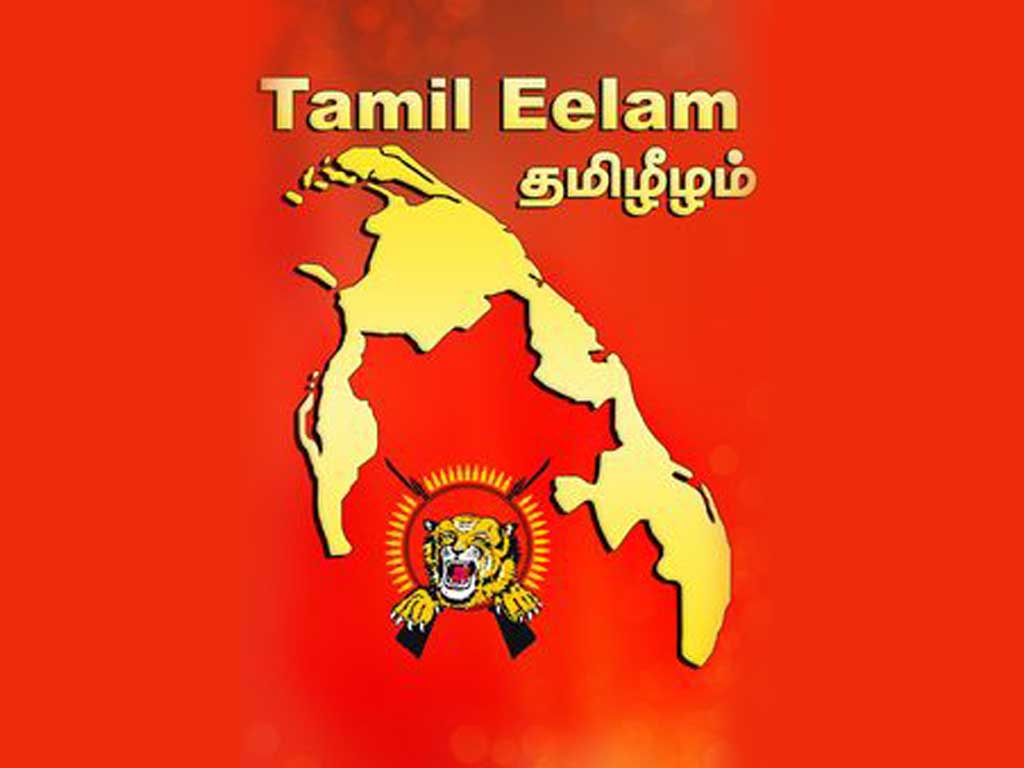


In October 2009, Brendan O’Connor, the Australian minister for home affairs, met with Sri Lankan defense secretary Gotabaya Rajapaksa. With hundreds of thousands of people displaced or held in internment camps around the island, Australia promised to spend “$15.1 million over four years establishing posts in Sri Lanka and Malaysia, in an effort to strengthen regional co-operation on people-smuggling.” Like this year’s gift of drones, the 2009 package was intended to stop people escaping the island. On May 13, 2009, as the killings in Mullivaikkal were reaching their peak, the Australian government announced a new aid package for Sri Lanka. The most precise estimate, based on local census figures, is that 146,679 people died. The real death toll is certainly higher than this figure. A 2012 UN report noted that over 70,000 people still remained unaccounted for. The army had already defeated the LTTE - the purpose of this offensive was to destroy the civilian population that had sustained it.įootage later emerged documenting systematic crimes, including rape, the killing of civilians, and summary executions of surrendering combatants. The Sri Lankan military then proceeded to shell the “no-fire” zones, targeting hospitals, food distribution routes, and Red Cross ships. Despite having declared these to be safe areas, the Sri Lankan authorities ordered the evacuation of all media and UN personnel.

When the Sri Lankan military launched its final offensive, it ordered the 330,000 Tamil civilians behind LTTE lines to shelter in designated no-fire zones. By May 2009, they were confined to a small piece of coastland near Mullivaikkal, in the Mullaitivu District. The Liberation Tigers of Tamil Eelam (LTTE) had once administered three-quarters of the territory of the island’s Northeastern Province. The Sri Lankan authorities are likely to use Australian drones for surveillance of Tamil refugees fleeing the island - and government officials in Canberra know it. Twelve years ago, as the country’s military committed one of the largest mass ki llings so far witnessed in the twenty-first century, Australia provided similar aid that was intended to stop people fleeing. This is not the first time the Australian government has supplied Sri Lankan state forces with military hardware.

But past experience makes it perfectly clear that the Sri Lankan authorities are likely to use the drones for surveillance of Tamil refugees fleeing the island - and government officials in Canberra know it. The drones were previously owned by the Operation Sovereign Borders Joint Agency Task Force, part of Australia’s military-led border security operation whose primary responsibility is to “deter and disrupt” asylum seekers trying to reach Australia.Īustralia claims that the drones will be used to support “crime-fighting” activities. However, just one month later, the Australian government gave Sri Lanka’s police force five aerial surveillance drones. The resolution noted the “accelerating militarization of civilian government functions the erosion of the independence of the judiciary,” and the “increased marginalization” of Tamil and Muslim communities. In March of this year, Australia backed a UK-led resolution at the UN Human Rights Council that expressed “deep concern” at the “deteriorating situation” in Sri Lanka. In Australia, the Tamil Refugee Council has called demonstrations in Melbourne and Sydney for Sunday, May 16. Tamils and their supporters are planning protests in cities around the world to commemorate May 18 - Tamil Genocide Day - and to remember the Mullivaikkal massacre.


 0 kommentar(er)
0 kommentar(er)
